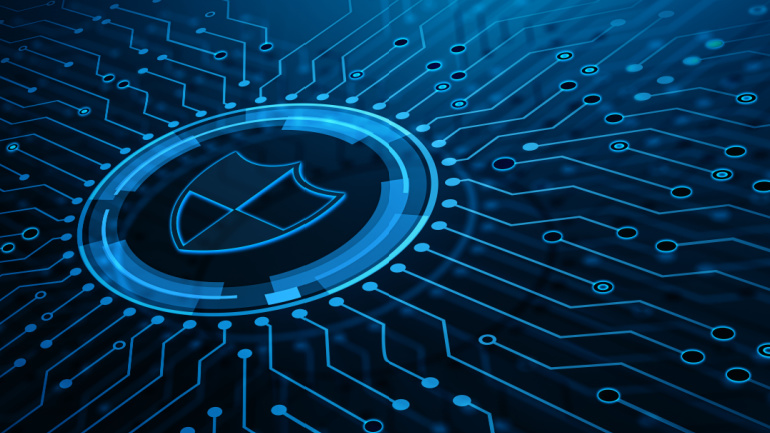In a significant move to bolster innovation and development in mobile network technology, the US government, through the National Telecommunications and Information Administration (NTIA), has allocated $42.3 million to support research in Open RAN. This investment is part of a larger $1.5 billion Public Wireless Supply Chain Innovation Fund aimed at enhancing the Open RAN ecosystem. Leading the charge are telecom giants AT&T and Verizon, in collaboration with a consortium that includes notable academic institutions, industry manufacturers, and international telecom operators NTT DoCoMo from Japan and Reliance Jio from India.
In a significant development for remote connectivity, Telstra, the Australian telecom giant, has initiated the transition of its remote mobile sites to the low Earth orbit (LEO) satellite network provided by Eutelsat OneWeb. This move marks a departure from the traditional geostationary (GEO) satellites, aimed at reducing latency issues and meeting the growing demand for real-time services among customers.
Delving into Wind Tre’s recent maneuverings with a proposed sale to EQT, marks another twist in the intricate telecommunications landscape. Initial strategies aimed to restructure the Italian operator’s fixed and mobile assets were fueled by intense competition. Yet, the hanging threads of existing network sharing agreements and a looming February deadline complications, streamed the planned transaction to an impasse.
LogRhythm, the company helping security teams stop breaches by turning disconnected data and signals into trustworthy insights, has expanded its partnership with e-finance, a subsidiary of e-finance Investment Group to deliver secure digital transformation in Egypt. The strategic expansion of the partnership sees the integration of LogRhythm into e-finance’s cloud computing platform. e-finance’s customers across critical industries including fintech, government, and healthcare gain access to LogRhythm SIEM to uncover threats, mitigate attacks, and scale their business with confidence.
Altice Group strategically eyes shedding its 50.1% sharing in XpFibre, triggering a ripple of interest from major players like KKR & Co., Macquarie Group, and others. While KKR & Co, Macquarie Group, and CDPQ are all reported to be keen on acquiring the stake, no financial bids have surfaced to date. Meanwhile, Altice Group’s decision to divest isn’t surprising, given its $60 billion debt, and recent considerations to sell other assets.
VMO2 reignited talks over a potential acquisition of TalkTalk’s consumer business this week, eyeing several million UK broadband subscribers. Yet, the negotiation’s early nature and TalkTalk’s sizable £1.1 billion debt make the situation complex.
Following successful end-to-end integration testing of their OTS solutions, telecommunication pioneers Sonalake and KCOM further prepare for industry-wide trials. Their collaboration trailblazes customer experience advancements with agile innovation, particularly with Sonalake’s launch of pivOTS™. This enterprise-grade solution aids ISPs in achieving OTS compliance securely and cost-effectively.
Andrew Hollister, LogRhythm’s Chief Information Security Officer, highlights the ongoing struggle in cybersecurity: despite years of talk, the problem remains unsolved. Looking ahead to 2024, he points out challenges like the rise of generative AI and the need for better cloud security. He emphasizes that focusing on basics like strong passwords and regular updates is crucial for staying safe online.
In a groundbreaking move, Viasat, Inc., alongside Terrestar Solutions, Ligado Networks, Omnispace, and Al Yah Satellite Communications Company (Yahsat), have come together to announce the formation of the Mobile Satellite Services Association (MSSA). This new consortium is set to enhance and promote the burgeoning Direct-to-Device (D2D) communication landscape, promising to deliver unprecedented scale and diversity in mobile satellite services.
In the United Kingdom, a significant transition is underway as the nation shifts from traditional analogue landline services to modern, IP-based digital systems. This change, mirroring a global trend towards digital communication solutions, aims to enhance service quality for the majority of consumers. However, it has raised concerns for certain vulnerable groups who depend on the older technology and may face challenges, particularly during power outages, which could impact their ability to reach emergency services.













